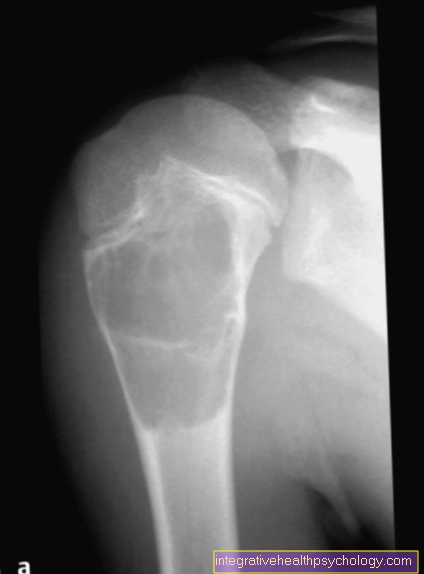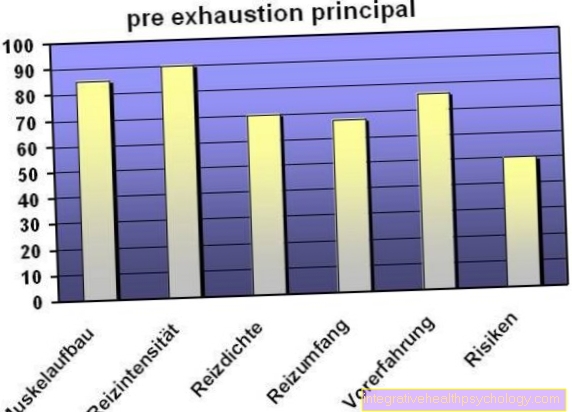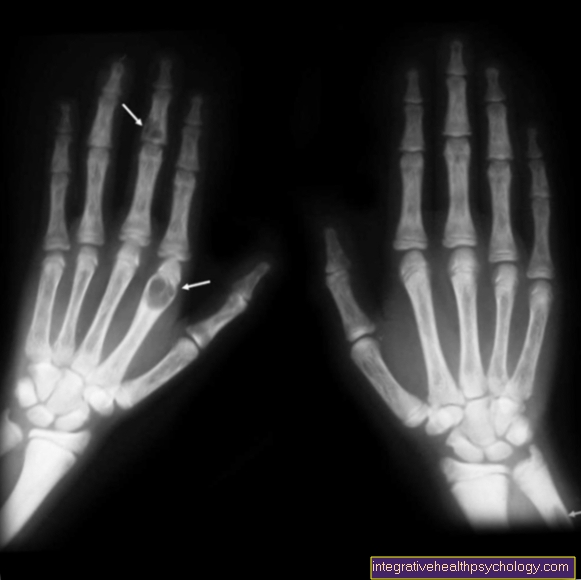Heat-free in the office
introduction
When temperatures rise and performance deteriorates, many workers wonder what their rights are in the heat.
In school, 'heat-free' is pronounced much more often than at work. Nonetheless, there are circumstances under which office workers can also be granted heat free.

What are the requirements for a heat-free office?
Labor law legally regulates the conditions of work under heat. A distinction is made between room and air temperature. The room temperature describes the perceived temperature at the workplace, while the air temperature measures the actual heat.
If the room temperature is more than 30 degrees Celsius, the employer is obliged to take measures to cool the room. This corresponds to occupational safety.
Room cooling measures are:
- Fans
- relaxed dress code
- flexible working hours
- cold drinks
If the employer does not take any cooling measures at temperatures above 30 degrees, the employees are then allowed to leave the office. If the employer takes cooling measures that do not work and the air temperature reaches more than 35 degrees Celcius, the prerequisite is created to get heat-free in the office.
That means that you get heat-free if the temperatures are over 30 degrees and the employer does nothing about it or temperatures over 35 degrees exist in the failed attempt to cool the room.
Is the office too warm and sweating excessively making you uncomfortable? Then read our next article below: How to Avoid Excessive Sweating
From how many degrees is there a heat-free?
Legally, the employer must send his employees home with no heat at the latest from 35 degrees. If the employer does nothing to cool the office, employees have the right to leave the office at temperatures above 30 degrees Celsius under the Occupational Safety and Health Act.
How is this regulated by law?
The Occupational Health and Safety Act contains occupational health and safety regulations and directives designed to protect employees from damage to health. The Occupational Safety and Health Act stipulates that employers should ensure room temperatures of up to 25 degrees Celsius. If the temperatures rise in summer, the employer has to act from 26 degrees Celsius.
If the temperatures rise and the employer does nothing, employees are allowed to leave the office at temperatures above 30 degrees to protect their health. If the boss tries to lower the temperature in the office without success, the employees must be released from the office with no heat at the latest at temperatures above 30 degrees.
Are there differences between office and outdoor work?
The employer has a duty of care and is responsible for protective measures for the health of his employees.
Working in heat is not clearly regulated for work outdoors. Employers are obliged to protect employees and enable cooling measures, such as awning, fans or drinks.
Can the employer reschedule working hours?
The postponement of working hours is common in hot conditions. Quite a few employers add flextime in midsummer to enable employees to work in an environment in which they can concentrate and perform their tasks efficiently.
The rescheduling of working hours should be discussed between employer and employee and should be mutually acceptable. Less working hours can also be agreed for a correspondingly lower wage.
If the work under the heat is unreasonable for the employee, other arrangements can also be made. This includes, for example, that employees have to take vacation days when the heat wave occurs.
Is it not uncommon for you to have a rash in midsummer? Then read more on this topic under: Heat rash - What to do about it
What does the employer have to do to lower the temperature?
From 26 degrees Celsius, the employer should take measures to lower the temperature. This includes the following measures:
- Closing blinds
- Night cooling of the offices
- Limit the use of electrical devices to what is necessary
- Ventilate in the morning
- Shifting working hours to adequate times
In addition, employers should relax clothing regulations in the office and provide employees with sufficient drinking water. If the effect is insufficient and temperatures above 30 degrees Celsius, technical measures are indicated, such as air showers or water veils, as well as organizational measures such as cooling phases.
Under certain circumstances, personal protective equipment such as heat protective clothing can be used during heat work. In the office, only some of the options for reducing the temperature come into consideration.
Recommendations from the editorial team
Other general topics may also be of interest to you:
- Heat stroke - first aid, therapy and prognosis
- Heat Rash - What To Do About It!
- Heat Rash - What To Do?
- Sweating Rash - How it will Help You
- Pigment disorder on the upper lip





























